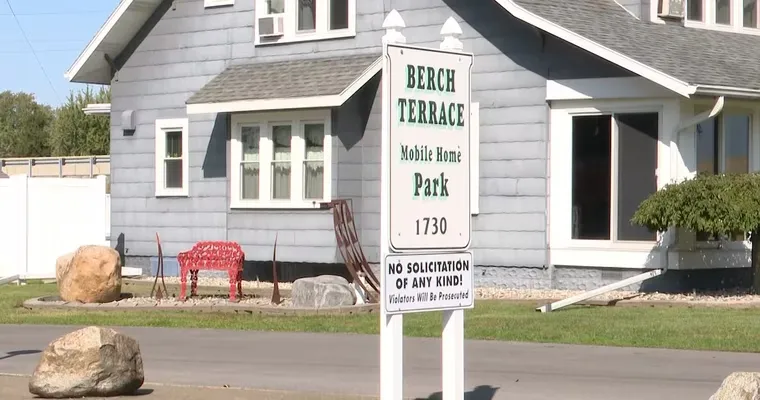Navigating the complexities of "independent living" in a "Continuing Care Retirement Community (CCRC)" can be both rewarding and challenging, especially for elderly residents like my father, who recently turned 90. He utilizes a "walker" and a "scooter" for mobility, which has raised questions about his ability to participate in various activities, such as "bus trips" organized by the community. Recently, he was informed that he would need an "aide" to accompany him on these excursions, prompting a deeper exploration of the services offered in CCRCs and the importance of maintaining independence as we age.
Living in a CCRC offers many benefits, including social engagement, access to healthcare, and a variety of activities designed for older adults. My father enjoys the independence that comes with residing in an independent living setting, but his mobility challenges have led to some limitations. The use of a walker and scooter allows him to navigate the community while maintaining some level of autonomy. However, this also means that he may require additional assistance for certain activities, particularly those involving transportation.
The decision to require an aide for bus trips is not uncommon in CCRCs, as safety is a top priority for both residents and staff. While my father is capable of using his scooter, the presence of an aide ensures that he can safely board and exit the bus, as well as navigate any potential challenges during the trip. This assistance can be vital, especially when traveling to new locations or engaging in activities that may require more physical exertion.
Understanding the role of aides in a CCRC is essential for families navigating similar situations. The aides provided by the community are trained to assist with mobility issues, ensuring residents can participate in social activities without compromising their safety. While some may view this requirement as a limitation on independence, it can actually serve as a bridge to greater engagement and involvement in community life.
It's also important to consider the emotional and social aspects of participating in bus trips. These outings provide opportunities for residents to connect with peers, explore new places, and maintain an active lifestyle. For many elderly individuals, staying socially engaged can significantly improve their quality of life. Thus, having an aide present can facilitate these experiences, allowing residents to focus on enjoyment rather than worry about mobility challenges.
In conclusion, my father’s experience in a CCRC at the independent living level highlights the delicate balance between independence and safety. Utilizing a walker and scooter has allowed him to navigate his environment, but the requirement for an aide during bus trips underscores the importance of support systems in enhancing the overall experience of elderly residents. As families consider the options available for their loved ones, it is crucial to recognize the value of both independence and assistance in creating a fulfilling life in a CCRC.





